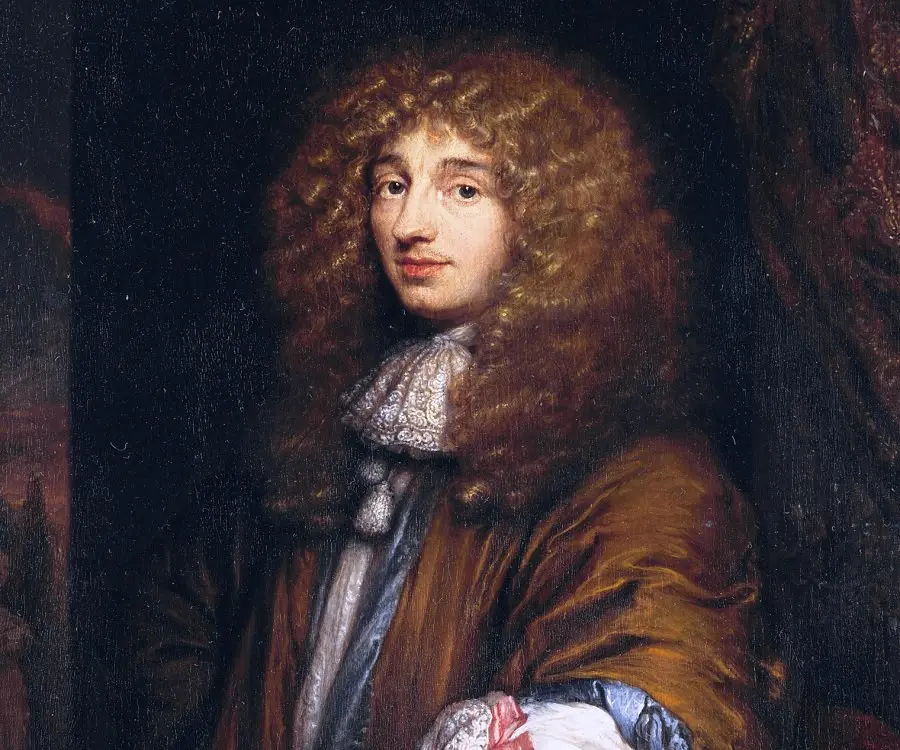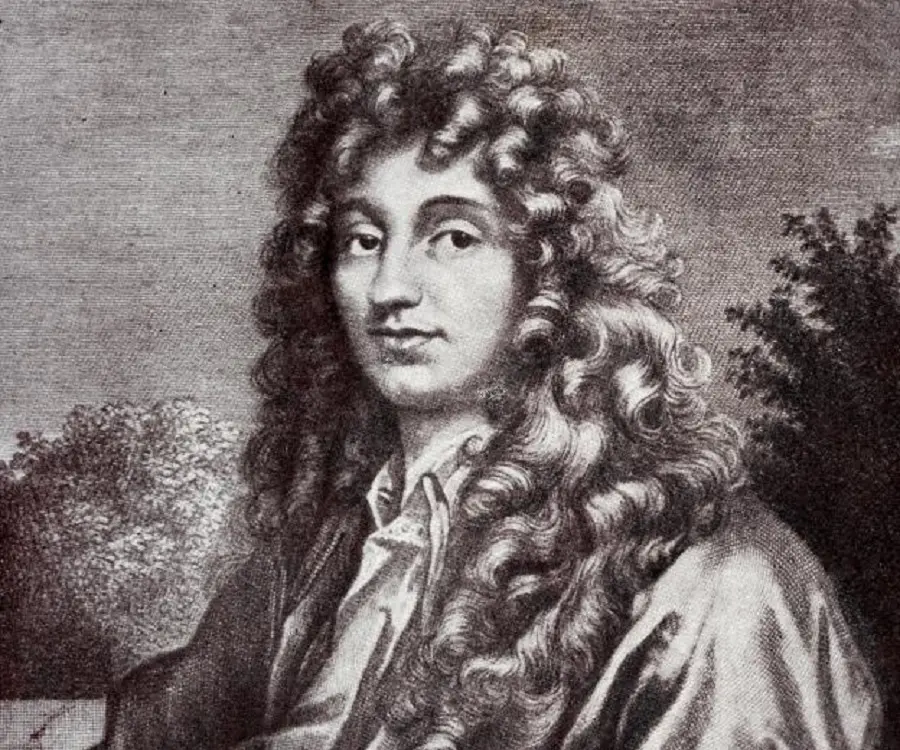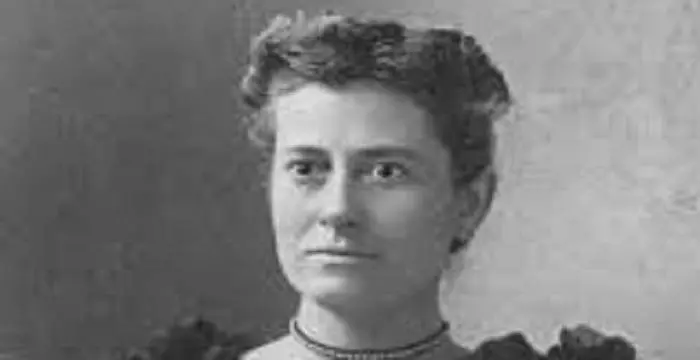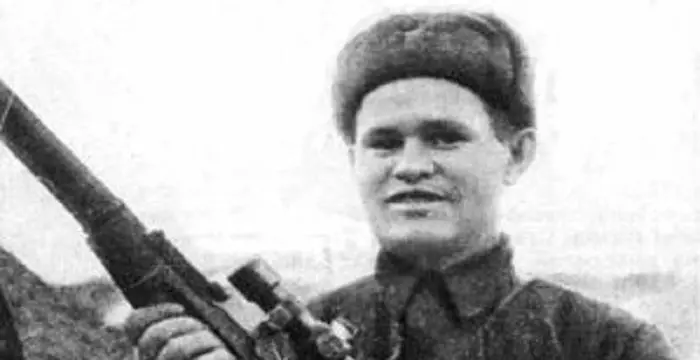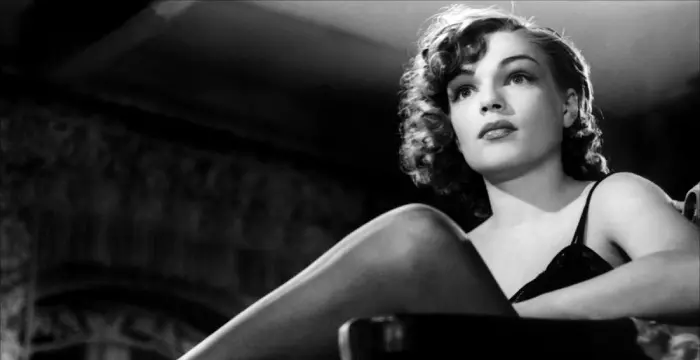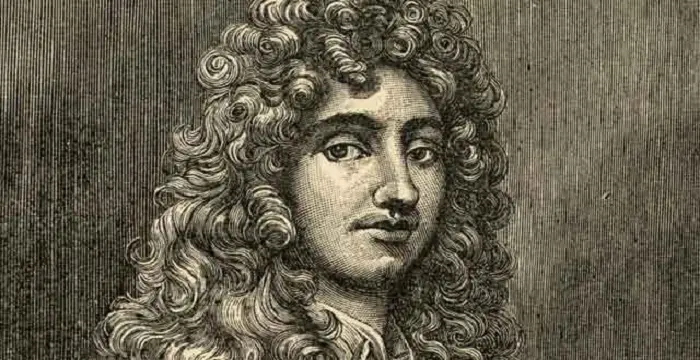
Christiaan Huygens - Scientists, Family and Family
Christiaan Huygens's Personal Details
Christiaan Huygens, was a renowned Dutch mathematician and astronomer, who is known for discovering the moon of Saturn
| Information | Detail |
|---|---|
| Birthday | April 14, 1629 |
| Died on | July 8, 1695 |
| Nationality | Dutch |
| Famous | Scientists, Mathematicians, Astronomers |
| Siblings | Constantijn Huygens Jr., Lodewijck Huygens, Philips Huygens, Suzanna Huygens |
| Known as | Christiaan Huyghens |
| Universities |
|
| Discoveries / Inventions |
|
| Birth Place | The Hague |
| Gender | Male |
| Father | Constantijn Huygens |
| Mother | Suzanna van Baerle |
| Sun Sign | Aries |
| Born in | The Hague |
| Famous as | Mathematician |
| Died at Age | 66 |
// Famous Scientists
Juliane Koepcke
Juliane Koepcke is a German-Peruvian biologist, who was the lone survivor among the 92 passengers and crew of the ill-fated LANSA Flight 508 that crashed in the Peruvian rainforest on 24 December 1971. Know more about her life in this biography.
Henry Cavendish
Henry Cavendish was a theoretical chemist and physicist, renowned for discovery of hydrogen and calculation of the mass of earth. To know more about his childhood, profile, timeline and career read on
Konstantin Tsiolkovsky
Konstantin Tsiolkovsky was a Russian rocket scientist and a pioneer of astronautics. This biography provides detailed information about his childhood, family, personal life, career, achievements, etc.
Christiaan Huygens's photo
Who is Christiaan Huygens?
Christiaan Huygens played an essential role in some of the most incredible discoveries in math, astronomy and physics. His role in scientific history touches everything from what we now understand about the theory of light waves in three dimensions, to the concept of centrifugal force, to even basic things that are now learned in elementary school classes, such as astronomy behind the rings of Saturn. Huygens's creative and scientific processes were intertwined from an early age through simple actions like throwing a rock into the water and watching the emanating pattern of waves and playing with windmills. These actions ultimately led to a life of experimentation and observation across multiple scientific disciplines. With influence and encouragement from other well-known scholars, like French polymath Marin Mersenne and mathematician René Descartes, Huygens leveraged his wealthy middle-class upbringing to learn and develop his own ideas based on the teachings of some of the greatest mind of his time. Combined with his own intelligence and creativity, he went on to impact the lives of thousands, from sailors to academics, with his scientific theories and inventions. Read on, to know more about the achievements, and contribution of this eminent physicist to the scientific world
// Famous Astronomers
Jabir Ibn Hayyan
Jabir Ibn Hayyan was a medieval era polymath. Check out this biography to know about his life, works and achievements.
Isaac Newton
Isaac Newton was an English scientist and mathematician, who discovered gravitation and Newtonian Mechanics. Read this biography to find more on his life.
Henrietta Swan Leavitt
Henrietta Swan Leavitt was an American astronomer. Check out this biography to know about her childhood, family, personal life, discoveries, achievements, etc.
Childhood & Early Life
Christiaan Huygens was born on April 14, 1629 to Constantijn Huygens and Suzanna Van Baerle in The Hague, capital city of South Holland.
Unfortunately, his mother died shortly after giving birth to his youngest sister Suzanna in 1637.
As a child of a wealthy and influential family, Huygens had the resources available for him to study under private tutors and had access to some of the finest scholars through his father, a well-known poet.
Huygens's affluence allowed for an education at the ‘University of Leiden’ starting in May of 1645, studying both law and mathematics. After two years, he then transferred to the ‘College of Orange’ at Breda where his father worked as a curator.
Career
Although records of Huygen's unpublished work date back to 1649 with 'De iis quae liquido supernatant', his first major work that was published was titled 'Theoremata de quadratura'. This discourse, published two years later, was a refutation of Gregory of St. Vincent’s work on the quadrature of the circle.
In 1654, Christiaan published 'De Circuli Magnitudine Inventa'. This work helped him acquire a growing mathematics reputation in Europe, paving the way for his success in intellectual and social circles in Paris a year later.
In 1656, he began grinding his own lenses for telescopes with his brother Constantijn, which led to the invention of the two lens ‘Huygenian eyepiece’. His work with lenses helped him discover the Saturnian moon, Titan. His further work on the telescope designs led to the discovery of the stellar components of the Orion nebula, in the same year.
By 1658, Christiaan's interests in astronomy created a drive towards more accurate time measurements. This spurred his invention of the pendulum as a way to regulate clocks with an accuracy of only a one minute a day off. He later went on to reduce this error time and publish his thoughts in 'Horologium'.
In 1659 he discovered the true shape of Saturn's rings, further increasing his popularity in Europe.
During the years 1666 to 1681 he resided in Paris, where he published one of his largest and greatest works called 'Horologium Oscillatorium'. This work was partially dedicated to Louis XIV, which caused backlash against him as France was currently at war with Holland.
In 1666, he became one of the founding members of the ‘French Academy of Sciences’.
Christiaan returned to Holland in 1681 because of illness, and was unable to return to Paris due to political problems following the death of Jean-Baptiste Colbert.
A visit with Sir Isaac Newton in 1689 led to Huygen's own mechanical explanation of gravity with his publishing of 'Discours de la cause de la pesanteur' a year later, followed by his own mechanical explanation of the nature of light with 'Traité de la Lumière'.
Huygen's last work 'Cosmotheoros' was published posthumously in 1698, and examined the likelihood of extraterrestrial life.
Major Works
His 1673 book ‘Horologium Oscillatorium sive de motu pendulorum’, or 'Theory and Design of the Pendulum Clock' discussed his work within pendulums and how they relate to the study of time.
His work ‘Discours de la cause de la pesanteur’, or 'Discourse on the Cause of Gravity' published in 1690, was Huygen's response to Newton's theories of gravitation.
Another 1690 publication, ‘Traité de la Lumière’ or the 'Treatise on Light' was an explanation on the mechanics of the nature of light, including secondary wave fronts, reflection and refraction.
Personal Life & Legacy
Christiaan Huygens led a solo life and never married nor had children.He suffered from severe depression, which worsened during the last five years of his life after the death of his father in 1687.
His father left the mansion Hofwijck to him, which is where he made his home up until his death in 1695.
The last five years of Huygen's life were spent in pain and dealing with severe illness. He died on July 8, 1695 at the age of 66 from his illness and was laid to rest in ‘Grote Kerk’, a protestant church in Haarlem, Netherlands.
Some of Huygens's inventions are displayed at the ‘Museum Boerhaave’ in Leiden, which includes some of his lenses and instruments.
Due to his work with telescopes and his associated discoveries, the brighter interior of the Orion Nebula is called the Huygenian region.
Trivia
Huygens played an important role in reducing the size and bulk of wrist watches by reconstructing their internal components.
// Famous Mathematicians
Grigori Perelman
Grigori Perelman is a Russian mathematician who is best known for his contributions to Riemannian geometry and geometric topology. Check out this biography to know about his childhood, family life, achievements and fun facts about him.
Terence Tao
Terence Tao is an Australian- American mathematician who has contributed enormously to the field of mathematics. Check out this biography to know about his childhood, family life and achievements.
Isaac Newton
Isaac Newton was an English scientist and mathematician, who discovered gravitation and Newtonian Mechanics. Read this biography to find more on his life.
Christiaan Huygens biography timelines
- // 14th Apr 1629Christiaan Huygens was born on April 14, 1629 to Constantijn Huygens and Suzanna Van Baerle in The Hague, capital city of South Holland.
- // 1637Unfortunately, his mother died shortly after giving birth to his youngest sister Suzanna in 1637.
- // 1645Huygens's affluence allowed for an education at the ‘University of Leiden’ starting in May of 1645, studying both law and mathematics. After two years, he then transferred to the ‘College of Orange’ at Breda where his father worked as a curator.
- // 1649Although records of Huygen's unpublished work date back to 1649 with 'De iis quae liquido supernatant', his first major work that was published was titled 'Theoremata de quadratura'. This discourse, published two years later, was a refutation of Gregory of St. Vincent’s work on the quadrature of the circle.
- // 1654In 1654, Christiaan published 'De Circuli Magnitudine Inventa'. This work helped him acquire a growing mathematics reputation in Europe, paving the way for his success in intellectual and social circles in Paris a year later.
- // 1656In 1656, he began grinding his own lenses for telescopes with his brother Constantijn, which led to the invention of the two lens ‘Huygenian eyepiece’. His work with lenses helped him discover the Saturnian moon, Titan. His further work on the telescope designs led to the discovery of the stellar components of the Orion nebula, in the same year.
- // 1658By 1658, Christiaan's interests in astronomy created a drive towards more accurate time measurements. This spurred his invention of the pendulum as a way to regulate clocks with an accuracy of only a one minute a day off. He later went on to reduce this error time and publish his thoughts in 'Horologium'.
- // 1659In 1659 he discovered the true shape of Saturn's rings, further increasing his popularity in Europe.
- // 1666 To 1681During the years 1666 to 1681 he resided in Paris, where he published one of his largest and greatest works called 'Horologium Oscillatorium'. This work was partially dedicated to Louis XIV, which caused backlash against him as France was currently at war with Holland.
- // 1666In 1666, he became one of the founding members of the ‘French Academy of Sciences’.
- // 1673His 1673 book ‘Horologium Oscillatorium sive de motu pendulorum’, or 'Theory and Design of the Pendulum Clock' discussed his work within pendulums and how they relate to the study of time.
- // 1681Christiaan returned to Holland in 1681 because of illness, and was unable to return to Paris due to political problems following the death of Jean-Baptiste Colbert.
- // 1687Christiaan Huygens led a solo life and never married nor had children.He suffered from severe depression, which worsened during the last five years of his life after the death of his father in 1687.
- // 1689A visit with Sir Isaac Newton in 1689 led to Huygen's own mechanical explanation of gravity with his publishing of 'Discours de la cause de la pesanteur' a year later, followed by his own mechanical explanation of the nature of light with 'Traité de la Lumière'.
- // 1690His work ‘Discours de la cause de la pesanteur’, or 'Discourse on the Cause of Gravity' published in 1690, was Huygen's response to Newton's theories of gravitation.
- // 1690Another 1690 publication, ‘Traité de la Lumière’ or the 'Treatise on Light' was an explanation on the mechanics of the nature of light, including secondary wave fronts, reflection and refraction.
- // 1695His father left the mansion Hofwijck to him, which is where he made his home up until his death in 1695.
- // 8th Jul 1695The last five years of Huygen's life were spent in pain and dealing with severe illness. He died on July 8, 1695 at the age of 66 from his illness and was laid to rest in ‘Grote Kerk’, a protestant church in Haarlem, Netherlands.
// Famous Aries Celebrities peoples
Skai Jackson
Skai Jackson is an American child actress with huge fan following. Find more about her family & personal life, relationships, facts and more.
Shemar Moore
Shemar Moore is a model turned actor best known for his role in the television series ‘The Young and the Restless’. This biography of Shemar Moore provides detailed information about his childhood, life, achievements, works & timeline.
Vasily Zaytsev
Vasily Zatysev was a Russian sniper who served during the World War II. Check out this biography to know about his childhood, family life, achievements and fun facts about him.
Ivey Meeks
Ivey Meeks is an American YouTube star and model. Let’s have a look at her family and personal life including age, date of birth, net worth, boyfriends and fun facts.
Tobi Lerone
Check out all that you wanted to know about Tobi Lerone, the famous YouTube Personality and gamer; his birthday, his family and personal life, his girlfriends, fun trivia facts and more.
Simone Signoret
Simone Signoret was a French actress who became the first French person to win an Academy Award. Check out this biography to know about her childhood, family life, achievements and other facts related to her life.
Christiaan Huygens's FAQ
What is Christiaan Huygens birthday?
Christiaan Huygens was born at 1629-04-14
When was Christiaan Huygens died?
Christiaan Huygens was died at 1695-07-08
Where was Christiaan Huygens died?
Christiaan Huygens was died in The Hague
Which age was Christiaan Huygens died?
Christiaan Huygens was died at age 66
Where is Christiaan Huygens's birth place?
Christiaan Huygens was born in The Hague
What is Christiaan Huygens nationalities?
Christiaan Huygens's nationalities is Dutch
Who is Christiaan Huygens siblings?
Christiaan Huygens's siblings is Constantijn Huygens Jr., Lodewijck Huygens, Philips Huygens, Suzanna Huygens
What was Christiaan Huygens universities?
Christiaan Huygens studied at Leiden University
What is Christiaan Huygens's inventions/discoveries?
Pendulum Clock was invented (or discovered) by Christiaan Huygens
Who is Christiaan Huygens's father?
Christiaan Huygens's father is Constantijn Huygens
Who is Christiaan Huygens's mother?
Christiaan Huygens's mother is Suzanna van Baerle
What is Christiaan Huygens's sun sign?
Christiaan Huygens is Aries
How famous is Christiaan Huygens?
Christiaan Huygens is famouse as Mathematician



